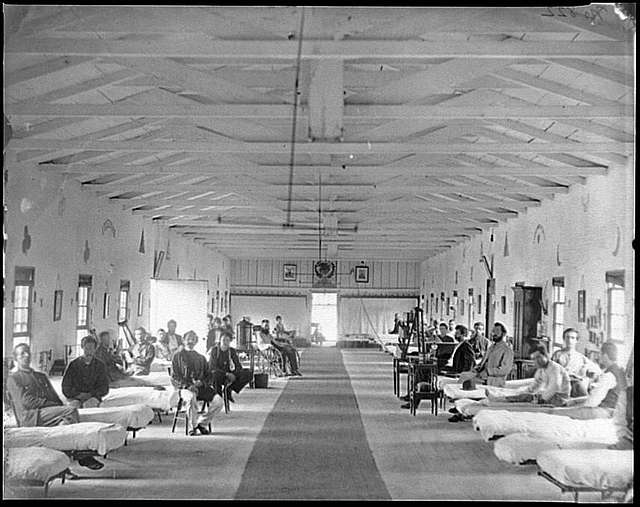When conducting my genealogical research, understanding the different types of evidence is crucial for piecing together my family history accurately. Each type of evidence has a unique role in verifying, corroborating, or challenging the information I find. Here is a breakdown of the main types of evidence I use:
Direct Evidence: This is evidence that explicitly provides information about a specific fact. For example, a birth certificate that lists the parents’ names is direct evidence of the parent-child relationship.
Indirect Evidence: Indirect evidence requires inference or deduction to establish a fact. For example, if a person appears in multiple census records with consistent age and birthplace but different household members, it indirectly supports the identity of that person.
Negative Evidence: Negative evidence is the absence of information where it might be expected. For instance, if a person does not appear in a specific census record where they were expected to be, it could suggest they were not present in that location at that time.
Residual Evidence: Residual evidence refers to information left behind unintentionally. This can include overlooked records, marginal notes, or clues found in unexpected places.
Collateral Evidence: This type of evidence comes from sources not directly related to the individual being researched but can provide valuable context or support. For example, a sibling’s marriage record might provide the maiden name of their mother.
Derivative Evidence: Derivative evidence is information obtained from records that are not primary sources themselves, but rather secondary or tertiary sources. For example, a published family history book may contain information derived from various primary sources.
Corroborative Evidence: Corroborative evidence supports or confirms information found in other sources. For example, if a birth date listed on a tombstone matches the birth date on a birth certificate, it corroborates the accuracy of that information.
Negative Corroboration: This occurs when multiple sources agree on the absence of a particular fact. For example, if multiple census records consistently show a person as having no children, it may suggest that the person was indeed childless.
Each type of evidence, including negative evidence, plays a role in my genealogical research process, helping me to build a more accurate and complete family history.

Example of Direct Evidence: A marriage record recorded by Rev. Robert Craney on 2 February 1915 for Thomas Zweydoff and Clara Ringswald in the presence of Gus Blumenstiel and Mary Smith.




